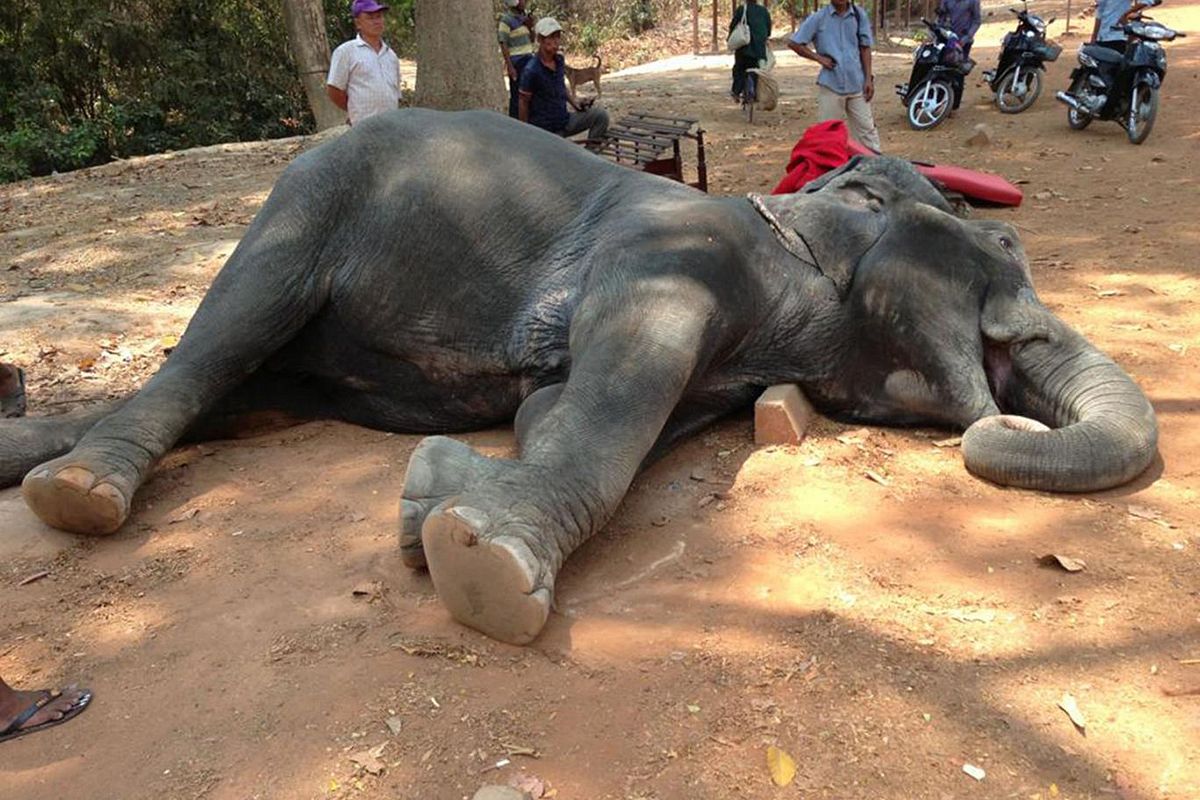Today, all eyes in the archaeology world are on Cambodia, as new evidence suggests a lost city near Angkor Wat which upends many of historians' assumptions about Southeast Asian history.
The latest edition of the Journal of Archaeological Science, released today, includes research by Australian archaeologist Dr. Damian Evans, who used state-of-the-art laser scanning technology last year to uncover several previously undiscovered medieval cities beneath the forest floor near Angkor Wat, reports The Guardian.
The cities, which existed sometime between 900 and 1,400 years ago, are a monumental discovery. The sheer scope of these densely populated settlements – one city is thought to have been the size of modern-day Phnom Penh – would make Angkor the largest empire on earth during the 12th century, and archaeologists have also uncovered in their research elaborate water systems built hundreds of years before they had thought the technology existed.
“We have entire cities discovered beneath the forest that no one knew were there,” Evans told the Guardian, adding: “It turns out, we uncovered only a part of Mahendraparvata on Phnom Kulen [in the 2012 survey] … this time we got the whole deal and it’s big, the size of Phnom Penh big.”
Covering 734 square miles, Evans and his team used LiDAR technology, using lasers to scan the Earth's surface from a helicopter and then gathering the data to make a 3D rendering of these buried cities.
For archaeologists and historians, the existence of these cities not only shines light on the ordinary citizens of medieval Angkor but also calls into question theories about the empire's demise.
“There’s an idea that somehow the Thais invaded and everyone fled down south,” Evans explained to the Guardian. “That didn’t happen, there are no cities [revealed by the aerial survey] that they fled to. It calls into question the whole notion of an Angkorian collapse.”
While the rest of the archaeological community is abuzz at the prospect of new discoveries, Evans is hopeful that his findings will help to shift the focus of Angkorian study back to everyday Khmer who lived during that time.
Excavations of these cities are scheduled for 2019. In the meantime, Cambodian history experts like David Chandler, emeritus professor at Australia's Monash University, are optimistic about more findings to come.
“It will take time for their game-changing findings to drift into guide books, tour guides, and published histories,” he told the news outlet. “But their success at putting hundreds of nameless, ordinary, Khmer-speaking people back into Cambodia’s past is a giant step for anyone trying to deal with Cambodian history.”
Video via The Guardian.














